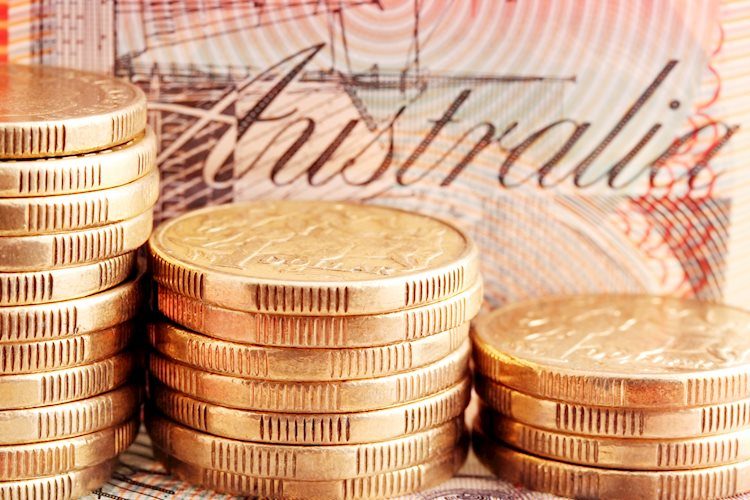In the latest analysis from Scotiabank, the euro has demonstrated a steady resilience, holding around the 1.03 mark against the US dollar. This stability comes amidst a complex landscape of economic indicators and geopolitical tensions that continue to shape currency markets globally. As traders and analysts closely monitor developments, the euro’s performance reflects not just regional economic conditions, but also the broader implications of central bank policies and international trade dynamics. in this article, we delve into the factors contributing to the euro’s current position and explore what it means for investors and market participants.
EUR holds around 1.03 – Scotiabank
Emphasizing the Euro’s position pegged against the dollar, Scotiabank’s insights highlight several factors contributing to it’s current steadiness. The eurozone’s strategic economic policies act as a formidable backbone for the euro, fostering an habitat of fiscal alignment and growth stimulation. As the European Central Bank (ECB) fine-tunes its monetary policy, interest rate adjustments play a pivotal role. Rate stability and cautious tweaks are essential in supporting the euro’s resilience against external volatility.Additionally, the equilibrium in the euro’s value is often swayed by broader global market dynamics, where heightened investor interest in European assets reflects positively on the currency.
Trade analysts underscore the vitality of the euro’s competitiveness within the global currency tapestry. Amidst the ever-evolving geopolitical landscapes, the euro’s value experiences shifts, largely due to international relations and market sentiments. Forex traders are adopting strategic approaches to navigate these trends, altering portfolios to hedge against potential fluctuations. Incorporating both short-term tactical trades and long-term investment perspectives, traders aim to capitalize on current conditions.For investors, staying informed about potential volatility and employing diversified strategies ensures that they can effectively ride the waves of the euro’s fluctuating market stance. Below, a concise table provides an overview of recent EUR/USD rate changes, reflecting key movement drivers and market responses.
| Date | EUR/USD Rate | Key Influence |
|---|---|---|
| Sept 2023 | 1.02 | ECB Rate Decision |
| Oct 2023 | 1.03 | U.S. Economic Data |
This unique landscape not only shapes the euro’s strengths but also illuminates potential risks and strategic opportunities within the Eurozone economies.
To Wrap It Up
the Euro’s stabilization around the 1.03 mark, as highlighted by insights from Scotiabank, signals a pivotal moment for the currency amid a complex economic landscape. As investors closely monitor fiscal policies and geopolitical developments that could influence the Eurozone’s economic trajectory, the outlook remains cautious yet hopeful. Continued scrutiny of both domestic and international factors will be essential for stakeholders navigating the currency markets in the coming weeks. As the situation evolves, the Euro’s ability to maintain this level could provide crucial insights into broader economic trends and investor sentiment in the region.






